The day was running late, so it was just a brief visit at Hermann J. Wiemer where Fred Merwarth is continuing the tradition of making the region’s top Rieslings. Ferments are under way on the 2009s and the vine nursery is also busy, bundling up new material for the influx of orders that start to come in early Spring.
I got caught up with Merwarth out on the press pad under fading light, where he was squeezing all he could out of his berry-selected late-harvest grapes, which came in mostly shriveled, as opposed to botrytis-affected in 2009.
“We had the moisture, but not the heat to get really good botrytis development in 2009,” said Merwarth, as just the smallest trickle of maple colored juice leaked into the pan below the press. “But amazingly, the grapes came in at 49 Brix, which is the highest we’ve ever seen here.”
The winery first produced a TBA-style dessert wine, labeled Late Harvest Bunch Select, in 1997, followed by 2003 and then 2006 through 2009.
If Lakewood represents the still-being-written history of the Finger Lakes, and Rooster Hill the new, outsider approach, then Hermann J. Wiemer encapsulates them both. The winery’s namesake founder championed vinifera, and Riesling in particular, but found few followers to his call during his tenure. Today, Merwarth ably carries on the tradition of quality, while also adding to it.
Merwarth has increased the percentage of hand harvesting—almost the entire crop in 2009 was hand picked—and he also added a sorting table in 2005, extending it to accommodate more sorters in 2007. While hand harvesting and a sorting table might be de rigueur elsewhere, they’re still seen as expensive propositions for perhaps minimal gain in the Finger Lakes.
I wanted to get a quick taste of Merwarth’s ’08 Rieslings, as they haven’t been released yet (the Dry Reserve and single vineyard bottlings will be released in the spring). The wines took an extremely long time to ferment, not finishing until April or June for some lots.
“It was painful to watch, but in the end, no complaints,” said Merwarth, who feels the long, slow ferments added complexity, aroma and mouthfeel to the wines. Merwarth thinks the ferments are particularly slow because he only uses a fraction of the recommended amount of yeast when he inoculates the fermentations, and he only does that after making one culture and then going bucket to bucket, rather than starting a new culture for each individual tank or lot.
As for the finished wines, the 2008 Riesling Finger Lakes Dry is piercing and pure, with lots of lime and quinine notes. It shows a little more weight than previous vintages, as Merwarth added more Josef vineyard fruit to the blend for the first time (the wine has historically relied more on HJW fruit, which lends a more minerally feel).
The 2008 Riesling Finger Lakes Dry Reserve draws almost two-thirds from the Magdalena vineyard and it’s very racy and tight now, with hints of the peach and pear profile that Magdalena offers. The 2008 Riesling Finger Lakes Dry HJW Vineyard is super tangy and driven, with mouthwatering slate, pippin apple and quinine notes that are very long and precise. It’s showing well today but will need some time to unwind fully. In contrast, the 2008 Riesling Finger Lakes Dry Magdalena Vineyard is super expressive, showing its telltale exuberant peach, floral and green melon notes with a long, almost rounded finish.

